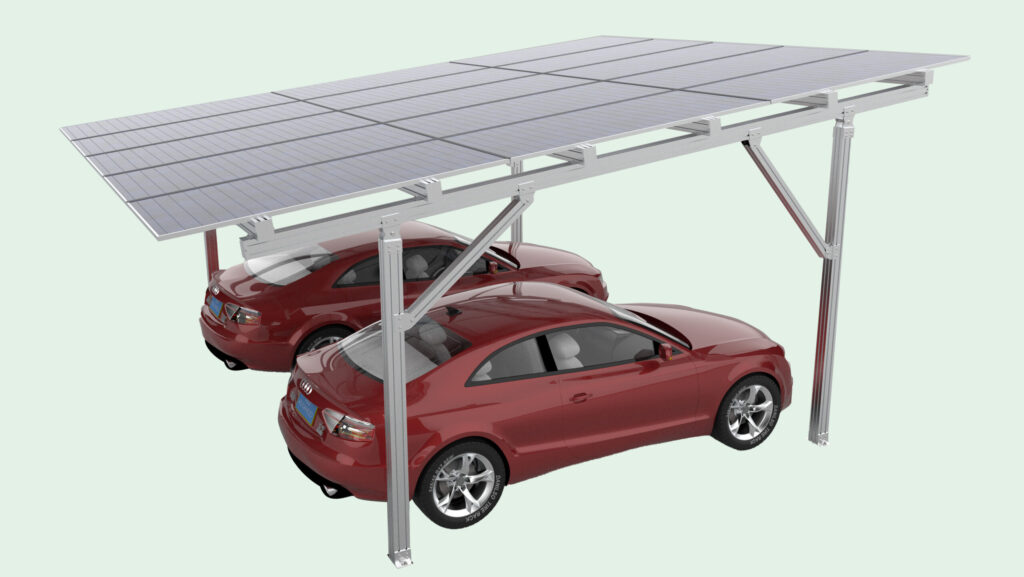The professional skills of solar panel maintenance personnel are the key to ensuring the efficient operation of the system and extending its service life. The following are the core skill requirements and precautions that maintenance personnel should possess:
First, professional technical knowledge
The principle and structure of solar panels
It is necessary to master the photovoltaic effect, the material characteristics of the solar panels (such as the difference between monocrystalline silicon and polycrystalline silicon), the component composition (glass, EVA film, backsheet, etc.) and the working principle in order to quickly locate the root cause of the fault.
For instance, if a significant decrease in power generation is observed in a certain area, it is necessary to determine whether it is due to hidden cracks in the battery cells, loose soldering of the junction box, or damage to the bypass diode.
Electrical Systems and Safety Specifications
Familiar with DC circuits, the working principle of inverters, grounding protection and grid connection standards, and capable of operating tools such as insulation resistance testers and multimeters to troubleshoot circuit issues.
When dealing with cable damage, it is necessary to wrap insulating tape layer by layer in accordance with the standard and test whether the insulation resistance meets the standard.
Analysis of the impact of environmental factors
Understand the influence mechanisms of temperature, humidity, wind and sand, salt spray, etc. on solar panels. For instance, high temperatures can reduce battery efficiency, and the hot spot effect should be alleviated through ventilation design or regular flushing.
Second, operational skills and tool usage
Cleaning and maintenance specifications
Master the proportion of non-corrosive cleaning agents (such as 1% neutral detergent solution), the selection of soft tools (microfiber cloth, rubber scraper), and the cleaning sequence (dust first, then rinse).
Precautions: Avoid cleaning during the high-temperature period at noon to prevent the glass from cracking due to thermal expansion and contraction. In winter, it is necessary to prevent the cleaning agent from freezing.
Fault diagnosis and repair
Be capable of detecting hot spots through infrared thermal imaging and hidden cracks with EL testers, and be proficient in replacing damaged battery cells and repairing junction boxes.
When the temperature in the hot spot area is more than 20℃ higher than normal, the corresponding battery cells need to be marked and replaced.
Installation and commissioning capabilities
Be familiar with the calculation of the bracket installation Angle (adjusted according to latitude), the design of component spacing (to avoid shadow occlusion), and the setting of inverter parameters (MPPT voltage range matching).
Key point: After installation, the bracket should be calibrated with a level, and the error should be controlled within ±1°.
Third, safety and compliance awareness
High-altitude work and electrical safety
It is mandatory to hold a high-altitude operation certificate, use double-hook safety belts and anti-fall devices, and abide by the principle of “one person operating, one person supervising”.
Before conducting electrical operations, the power supply must be cut off and a warning sign hung. Use a voltage detector to confirm that there is no electricity, and then wear insulating gloves when working.
Environmental protection and waste management
Lead-containing solder, damaged components, etc. should be handed over to qualified units for recycling in accordance with the Hazardous Waste Management Regulations to avoid soil pollution.
Clean wastewater must be discharged after sedimentation treatment to prevent sediment from clogging the drainage system.
Fourth, data analysis and preventive maintenance
Application of Monitoring System
It can analyze the abnormal power generation and power curves through the SCADA system, and determine whether the system attenuation rate exceeds the standard by combining meteorological data (irradiance, temperature) (if the annual attenuation is greater than 0.7%, it needs to be checked with emphasis).
Formulate a maintenance plan
Differentiated maintenance plans should be developed based on component types (such as thin-film batteries requiring more frequent cleaning) and environmental conditions (salt corrosion should be inspected quarterly in coastal areas).
Cleaning should be completed within 48 hours after a sandstorm to prevent sand particles from wearing down the coating layer.
Fifth, continuous learning and emergency response capabilities
Technology update tracking
It is necessary to regularly study new component technologies (such as bifacial power generation components), intelligent operation and maintenance tools (such as unmanned aerial vehicle inspection), and updates of industry standards (such as IEC 62446-1:2016).
Response to Emergencies
Formulate emergency response plans for extreme weather conditions such as hail and typhoons, including temporary reinforcement of components and rapid post-disaster inspection procedures (such as checking whether junction boxes have been exposed to water).


